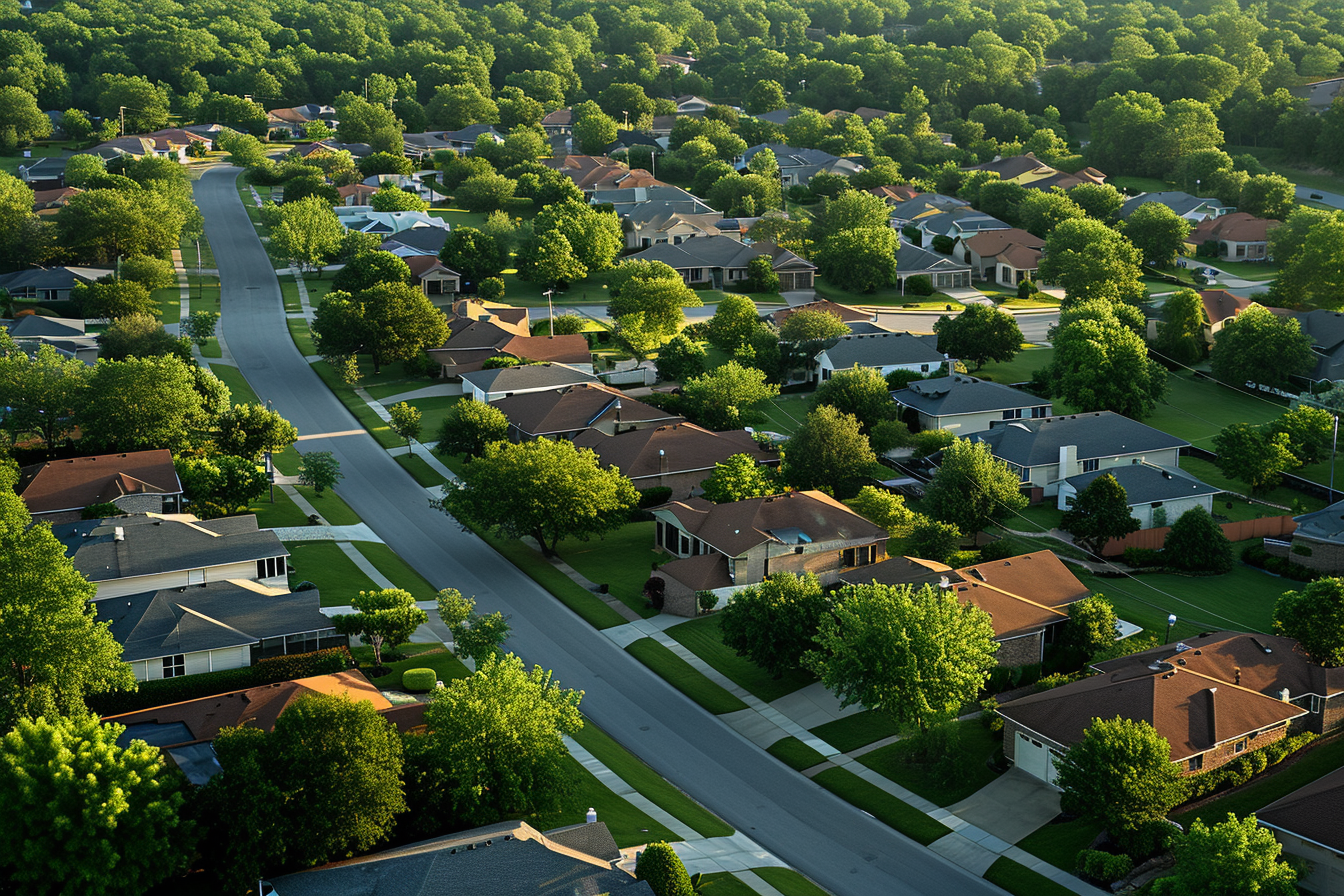Homeowners’ Associations (HOAs) are prevalent in many communities, managing and maintaining the standards of residential areas. Understanding HOA covenants is crucial for homeowners and potential buyers. These covenants, or rules, can significantly impact your living experience and property value. Familiarizing yourself with them is essential for making informed decisions, especially when considering a home within an HOA community. For a deeper insight into the pros and cons of HOAs, check out our detailed analysis on The Pros & Cons of Home Owner Associations.
The Most Common HOA Covenants
- Maintenance Requirements: This covenant mandates homeowners to maintain their property to a certain standard. It includes lawn care, house painting, and general upkeep. Enforcing these ensures that all properties meet a certain aesthetic and safety standard, preserving the neighborhood’s value and appeal.
- Architectural Guidelines: These rules govern changes and modifications to the exterior of your home, such as paint colors, additions, or landscaping. These prevent drastic alterations that might clash with the community’s cohesive look, maintaining the area’s character and potentially enhancing property values.
- Pet Restrictions: Many HOAs have rules regarding the type, number, and size of pets allowed. Implemented to balance pet ownership with neighbors’ rights to peace and safety, they often address concerns like noise and cleanliness.
- Noise Limitations: To ensure a peaceful environment, HOAs often impose restrictions on noise levels, especially during certain hours. These aim to foster a peaceful living environment for all residents, especially during nighttime hours.
- Vehicle Limitations: This includes restrictions on the types of vehicles allowed in the community and parking regulations. Designed to manage parking space availability and maintain the neighborhood’s appearance, these can restrict types of vehicles and parking locations.
- Rental Restrictions: Some HOAs limit or regulate the ability to rent out your property. Aimed at maintaining a stable community atmosphere, these can limit the number or duration of rentals to prevent a transient environment.
- Fencing Guidelines: These rules dictate the type, height, and style of fences allowed. These ensure that fences are safe and aesthetically pleasing, contributing to the uniform look of the community.
- Home Business Restrictions: HOAs may have rules regarding running businesses from your home. To prevent disruptions, these might limit types of businesses or signage visible from the street.
- Garbage and Recycling Rules: These covenants stipulate how and when to dispose of waste and recyclables. These promote cleanliness and sanitation, stipulating proper disposal methods and times.
- Landscaping Regulations: This includes rules on garden types, tree planting, and lawn decorations. Ensuring that yards are well-maintained and conform to a certain style, these can dictate types of plants and lawn care standards.
- Holiday Decorations: Some HOAs set guidelines on when and how you can decorate your home for holidays. These help maintain a consistent aesthetic and prevent potentially offensive displays, setting guidelines for timing and types of decorations.
- Signage Restrictions: This covers rules on posting signs, including for sale signs or political signs. Aimed at avoiding visual clutter, these can limit the size, number, and type of signs, including real estate and political signs.
- Insurance Requirements: HOAs might require homeowners to have certain types of insurance. Ensuring all homes are adequately insured protects the community’s financial stability in case of disasters.
- Assessment of Fees: Details on how fees are assessed and what they cover in the HOA. Clearly defining fee structures and what they fund, such as maintenance and community improvements, ensures financial transparency.
- Compliance Penalties: Outlining the consequences of not adhering to the HOA covenants. These serve as a deterrent against breaking the rules, ensuring that all residents adhere to the agreed-upon standards.
Deciphering What They Mean
Understanding these covenants in practical terms is vital. For instance, maintenance requirements ensure a uniform and appealing aesthetic but may limit personal expression. Architectural guidelines maintain a cohesive community look, yet could restrict your remodeling plans. Recognizing the implications of these covenants can help you decide if a particular HOA community is right for you. To further understand how to evaluate an HOA’s effectiveness and health, explore our insights on How to Assess the Health of a Homeowners Association.
Misconceptions About HOA Covenants
A common misconception is that HOA covenants are rigid and unchangeable. However, they are often subject to revision and homeowner input, making understanding and involvement in your HOA critical. With that said, make sure you have a copy of the subject community’s restrictive covenants and all amendments.





